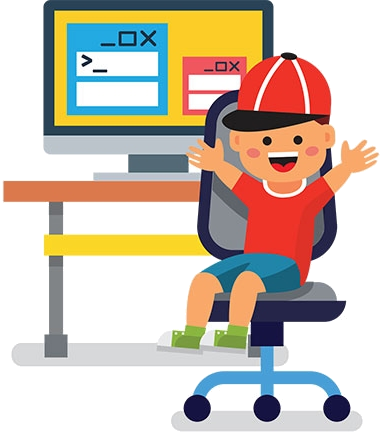At Discover Coding Zone, one of the core reasons we teach and advocate coding is because coding is one of the most natural expressions of computational thinking. What is Computational Thinking? It is problem solving in a systematic way — a skill that will benefit kids for the rest of their lives.
Computational thinking is about:
- Using abstractions to represent the problem in new and different ways
- Breaking the problem down into smaller parts
- Problem solving using techniques such as iteration, symbolic representation, and logical operations
- Applying algorithmic thinking to reformulate the problem into a series of steps
- Implementing solutions in efficient or optimal ways
- Logically organizing and analyzing data
This problem-solving process can be applied to to a wide variety of problems. Computational thinking is not just for coding and computer science — it’s not even limited to just STEM (Science, Technology, Engineering, and Mathematics); computational thinking can be applied to almost all subject areas, such as music, art, social sciences, and even fitness. Specifically, computational thinking builds four essential skills that all well-rounded students need to excel.
Algorithmic Thinking
Students demonstrate algorithmic thinking whenever they create or use a well-defined series of steps to achieve a desired outcome. While humans can get a bit more creative in following an algorithm than a computer can, it’s important for students to be able to both communicate and interpret clear instructions for a predictable, reliable output.
Decomposition
Decomposition means breaking down a complicated problem into its components and working on one component at a time. With the power of decomposition, problems that seem overwhelming at first become much more approachable for students.
Abstraction
Abstraction refers to stripping away unnecessary details to develop a generic solution, or representing a complicated system with a simple model or visualization. Learning what information is important and what can be left out is a critical skill for students to develop as problems grow in complexity.
Pattern Recognition
Students leverage pattern recognition by analyzing trends in data and using that information to work out solutions. The world around us is full of patterns, and pattern recognition helps students realize that the skills they’re learning are vital beyond the classroom.

